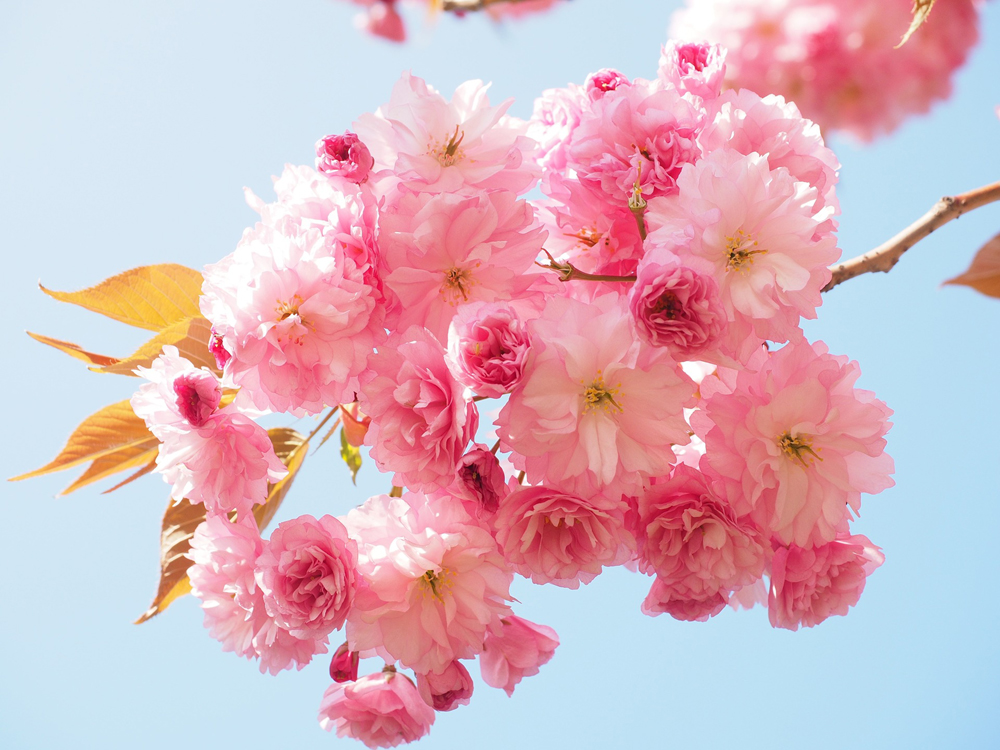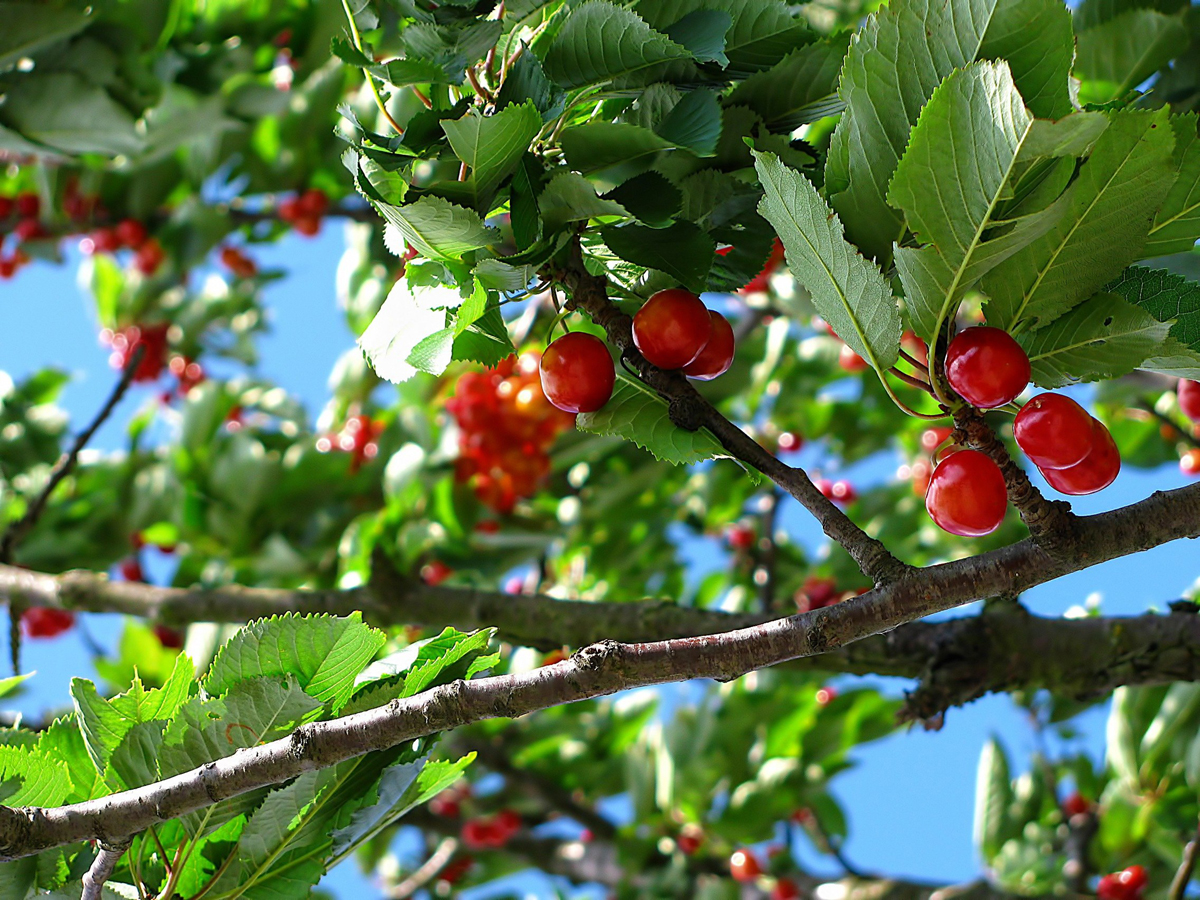Planting cherry trees for their fruit or for their blossoms can be rewarding. The cherry tree comes in many colors, sizes and varieties. This is due to it having been cultivated for thousands of years, especially in regions like Japan.

The cherry tree’s blooming season is short, unfortunately. For Japanese cultures, the cherry tree and its blossoming patterns symbolizes the way of human life where rising, blossoming and falling are a part of the whole. In Japan it is called mono no aware and means an awareness mujo or the transience of things and a bittersweet sadness at their passing. For this reason, cherry blossoms are utilized quite often in Japanese art, film and for ambient effect. The cherry blossom is also considered a good omen. For some it is a symbol of love and affection.
Choosing the type of cherry trees you want to plant may be the most difficult part of growing this beautiful specie. For flowering or ornamental trees, varieties that are popular for their beauty and resistance to disease include Okame, Kwanzan, Autumn and Yoshino. These varieties produce flowers that range from white to pink and have a very distinctive foliage. The Autumn cherry tree blooms twice a year, both in spring and autumn, making it a very popular species.
In regards to fruit-producing trees, these can be divided into two divisions – sweet cherries, also referred to as wild cherries, and sour cherries.
When planting cherry trees, one must plant more than one for cross-pollination purposes. While there are some varieties out there that are self-pollinating, to be sure, you may want to place a couple of trees in the ground.
Choosing the right variety and size of cherry tree will depend on the space you have available and your preferences. Cherry trees can range in size from 6 feet all the way up to 30 feet in height. There is also a variety of cherry that comes in a shrub, such as the Red Nanking.
If you are planning to grow cherries, you will need to be in a hardiness zone of between 4-9, more preferably a 5-9. Some bush cherries can survive the cold weather of a zone 3.
Cherry trees also prefer a soil that is well drained and has a pH balance of 6.0 to 6.8. As with many trees, they need good air circulation and shouldn’t be exposed to long-term frost. The good news about cherry trees is that they aren’t terribly high-maintenance in the mulching and fertilizing department, the less the better. One annual sprinkling of blood and bone or old poultry manure will do.
Cherry trees also need to be pruned regularly as they are fast growing. If you want to pick your cherries without ladders, then pruning them or heading then at 30-40 inches above the ground is ideal. If your tree is meant for flowering only and for practical reasons you need to get under the tree to mow, you can head these trees higher.
Cherry trees are typically trained to an open-center system – this is why it is important to retain the central leader. Trees are usually reduced to four well-spaced shoots. Developing a strong framework of branches will help the tree bear heavy crops without breaking the limbs.
To see cherry trees at their best, one can attend various annual Cherry Blossom Festivals around the United States. More popular festivals include; the International Cherry Blossom Festival in Macon, Georgia, featuring over 300,000 cherry trees; Branch Brook Park Cherry Blossom Festival in April in Newark, New Jersey; The National Cherry Blossom Festival in Washington D.C.; and the Subaru Cherry Blossom Festival of Greater Philadelphia.
The Author:
Andrew Johnson is the owner of Central Texas Tree Care, a leading tree service provider in Central Texas (Travis County and surrounding areas) offering services such as pruning and removals, cabling and bracing as well as arborist reports, diagnostics, pest management, fertilization and Austin tree service trusts.
